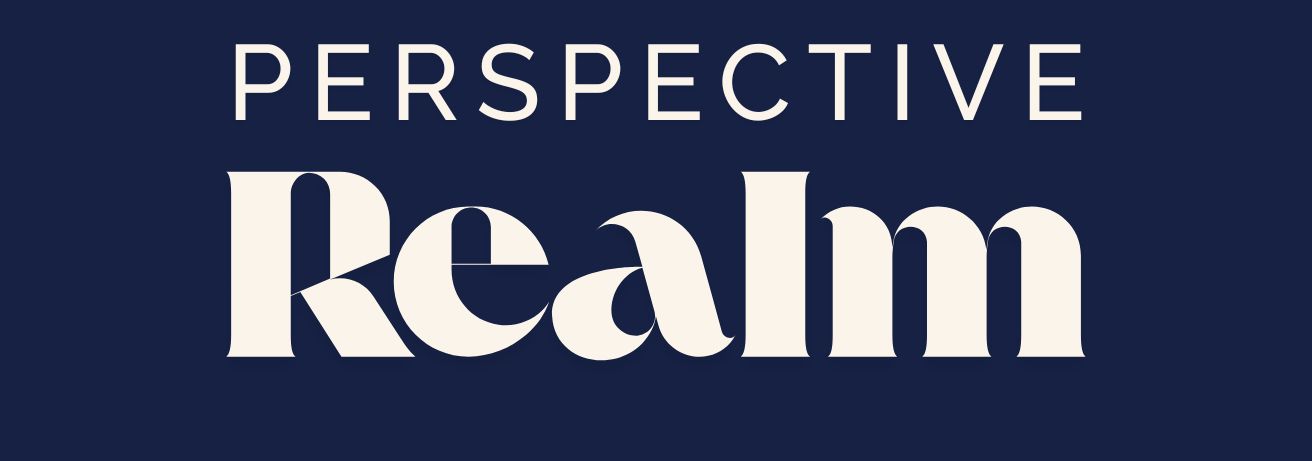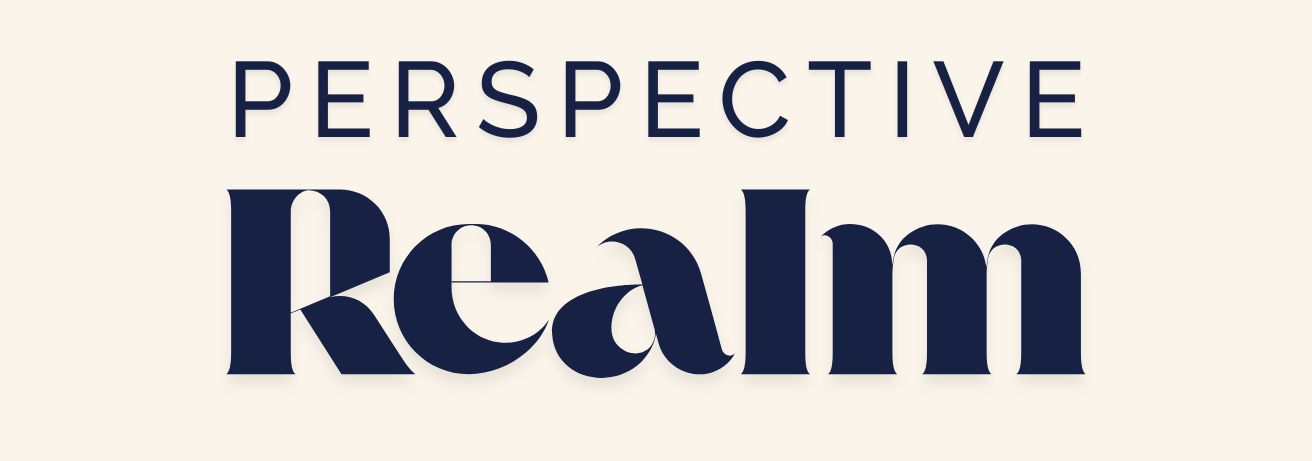Outline
- The Nature of Disruption: Breaking Free from Conventional Thought
- Why Disruptive Thinking Matters
- Psychological Insights into the Innovator’s Mindset
- Real-Life Disruptors: Stories of Transformative Ideas
- Practical Strategies to Cultivate Disruptive Thinking
- The Broader Impact of an Innovator’s Perspective
- Embracing the Power of Disruption
- FAQs
The Nature of Disruption: Breaking Free from Conventional Thought
Imagine watching a river steadily flowing along a predictable course. Day after day, year after year, it carves a familiar path, defined and comfortable. Now, imagine introducing a new current—powerful and unexpected—that radically alters the river’s direction, creating new pathways previously unimagined. This is the essence of disruptive thinking: actively introducing powerful, novel ideas that challenge conventional wisdom, redefining entire landscapes of thought and action.
Disruptive thinkers possess the courage to challenge existing systems, boldly questioning established norms. They refuse to accept the status quo, instead embracing uncertainty, exploration, and relentless curiosity. This mindset fuels transformative innovation, breaking through entrenched patterns and opening opportunities for revolutionary change.
Why Disruptive Thinking Matters
Disruptive thinking isn’t simply useful—it’s essential. In rapidly evolving worlds—technological, social, economic—conventional thinking becomes quickly obsolete. Organizations, industries, and individuals stuck within comfortable paradigms risk stagnation or irrelevance. Disruptive thinking, by contrast, anticipates change, ignites innovation, and drives continuous progress.
Historically, disruptive thinkers initiated revolutionary advancements—electricity disrupting candlelight, automobiles replacing horses, smartphones redefining communication. Today, disruption remains equally crucial, reshaping industries from healthcare to education, energy to entertainment. Without disruption, growth stalls, creativity stagnates, and societal advancement slows dramatically.
Psychological Insights into the Innovator’s Mindset
Psychology provides powerful insights into the innovator’s mindset. Disruptive thinkers share common psychological traits—curiosity, openness, and courage—but also demonstrate a willingness to challenge cognitive biases. Confirmation bias, anchoring, and status quo bias trap many in conventional patterns. Innovators intentionally challenge these biases, continuously exploring unconventional perspectives.
Additionally, disruptive thinkers possess strong cognitive flexibility—the ability to shift perspectives rapidly, embrace ambiguity, and integrate seemingly unrelated ideas. Research consistently identifies cognitive flexibility as foundational to creative breakthroughs. Innovators see connections invisible to others, allowing radical innovation to emerge naturally.
Real-Life Disruptors: Stories of Transformative Ideas
Consider Henry Ford, whose disruptive innovation transformed transportation. Rather than incrementally improving horse-drawn carriages, Ford radically reimagined transportation itself, envisioning affordable automobiles accessible to the masses. This disruptive perspective reshaped mobility, manufacturing, and society fundamentally.
Similarly, Airbnb disrupted traditional hospitality. Rather than building conventional hotels, Airbnb reimagined accommodation entirely—empowering ordinary people to share homes globally. Initially dismissed by skeptics, Airbnb’s disruptive innovation revolutionized travel, economic opportunity, and cultural exchange.
These innovators demonstrate vividly: transformative breakthroughs rarely arise incrementally. Instead, they emerge from disruptive perspectives—courageously challenging existing systems to create entirely new possibilities.
Practical Strategies to Cultivate Disruptive Thinking
How can you practically cultivate an innovator’s disruptive perspective? Here are three powerful strategies:
Question Everything Intentionally:
Deliberately challenge your core assumptions, asking bold questions that expose hidden assumptions or limitations. Frequently ask: “Why do we do it this way?” or “What if we started completely from scratch?” This intentional questioning disrupts complacency, stimulating innovation.
Cross-Pollinate Ideas:
Disruptive innovation often arises from combining unrelated ideas or fields. Regularly explore disciplines outside your expertise. Seek diverse viewpoints, read broadly, and intentionally expose yourself to unrelated industries or cultures. Cross-pollination sparks breakthrough ideas otherwise unimaginable.
Normalize Discomfort and Risk:
Innovation requires embracing discomfort and risk willingly. Shift your mindset to view uncertainty, risk-taking, and experimentation as positive signals of innovation potential. Celebrate bold experiments, tolerating failure as essential steps toward meaningful disruption.
The Broader Impact of an Innovator’s Perspective
Disruptive thinking doesn’t merely create personal success—it shapes entire societies. Innovations generated from disruptive perspectives redefine industries, solve previously unsolvable problems, and fundamentally alter daily life.
Healthcare disruption, for example, continuously improves patient outcomes, reduces costs, and democratizes care globally. Education disruption broadens access, integrates technology creatively, and personalizes learning experiences. Environmental disruption drives sustainability, renewable energy, and climate innovation.
Societally, disruptive thinking accelerates cultural evolution, enhances quality of life, and ensures continuous advancement. Individually, embracing disruptive thinking empowers you to shape society proactively, creatively, and purposefully, rather than merely reacting passively.
Embracing the Power of Disruption
Disruptive thinking ultimately represents not rebellion but purposeful creativity. It’s about seeing beyond accepted boundaries, daring to challenge comfortable norms, and courageously exploring radical possibilities others dismiss. Embracing disruption empowers you to proactively shape your future, becoming not merely a participant, but an active architect of meaningful change.
Choose today to cultivate disruptive thinking courageously, consistently, and confidently. Embrace uncertainty, challenge assumptions boldly, and watch your innovative ideas reshape realities previously unimaginable. Remember: every powerful disruption begins simply—with someone bold enough to think differently.
FAQs
Is disruptive thinking practical in everyday situations, or only in revolutionary ideas?
Disruptive thinking applies universally—from everyday problems to transformative innovations. Even small disruptions, like rethinking daily routines, significantly enhance effectiveness, creativity, and adaptability over time.
How do disruptive thinkers handle failure or setbacks?
Disruptive thinkers view failures as essential stepping stones toward breakthrough success. Rather than discouragement, they interpret setbacks as valuable feedback, refining disruptive ideas continuously until innovation emerges.
Can anyone truly adopt a disruptive innovator’s perspective, or does it require special talent?
Anyone can cultivate disruptive thinking intentionally through consistent practice, curiosity, and openness. While natural creativity helps, the innovator’s perspective primarily depends upon willingness to challenge assumptions boldly and embrace uncertainty courageously.












